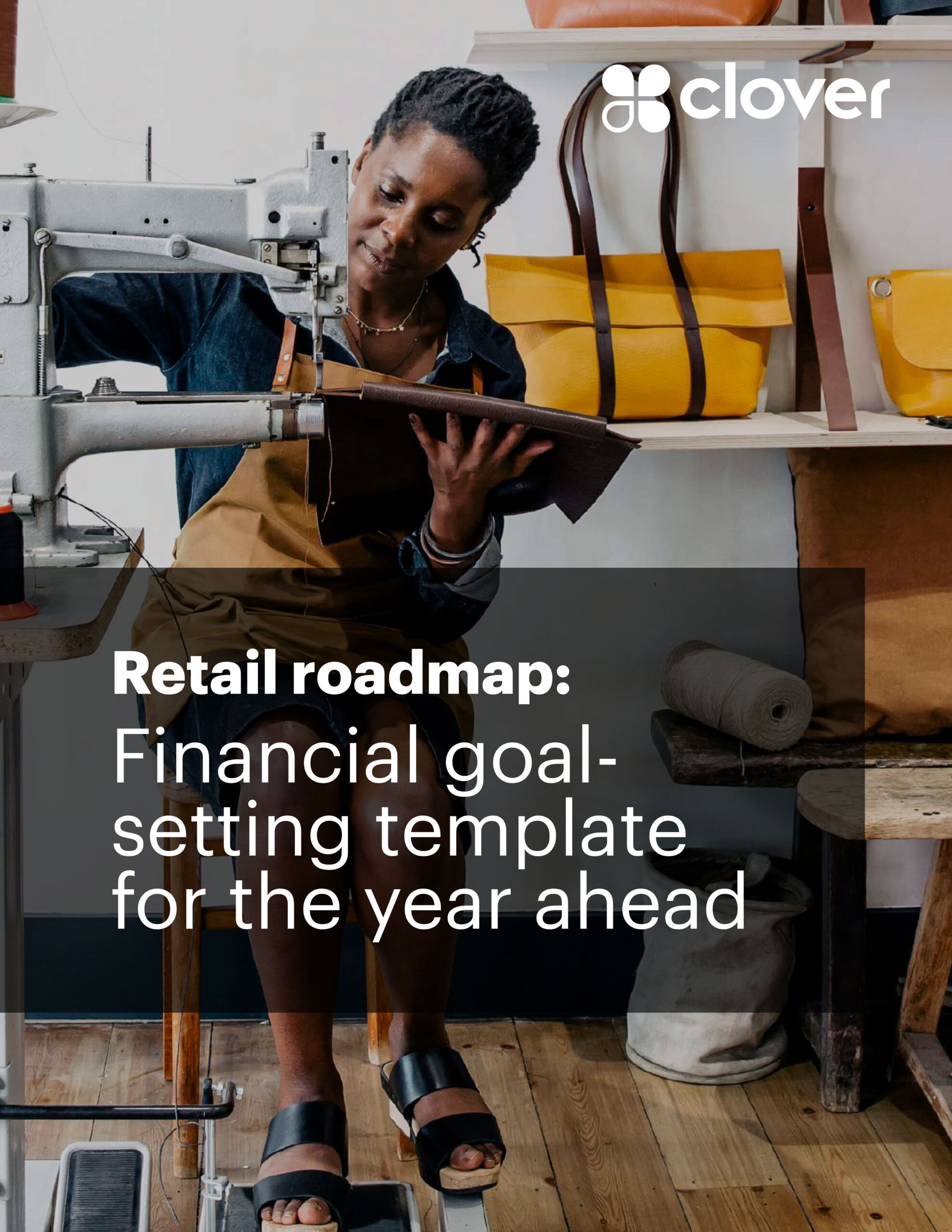Below are four credit card processing tips for small business owners. Use these tips to create a shopping experience that keeps customers safer and helps you generate more sales.
1. Find the right payment processor
One of the most important credit card processing tips for any small business involves finding the right provider for your payment needs. This is because all the features, support, and data security required to get up and running will ultimately come from your payment processor.
It’s technically possible to work with several providers, with each being responsible for a particular aspect of your credit card processing workflow. However, it’s best to stick with a single merchant services provider. You’ll face fewer interoperability issues. If troubleshooting is ever necessary, there’s only one support team to call – not several.
Just make certain the payment processor you choose:
- Can support multiple payment types as your business grows, like contactless payments, ACH, or other options.
- Offers payment integration. With this functionality enabled, you no longer have to record incoming transactions manually. Instead, those sales are automatically reported in the bookkeeping and accounting tools you’re already using.
2. Know how to handle fraud
Choosing the right payment processor can help reduce your fraud exposure. As a merchant, it is still your responsibility to safeguard any consumer data that enters your business. In addition to PCI-compliant payment processing, you should leverage additional security methods such as:
- An Address Verification Service (AVS) to help make certain the billing address that an online customer provides matches the address the individual’s card-issuing bank has on file.
- Card Verification Value (CVV) codes – i.e., the three- to four-digit number on the back of most consumer credit cards.
- Two-factor authentication (2FA) that requires employees and customers to provide an additional security code or piece of identifying information (such as an answer to a security question) when logging in with their username and password.
Although these extra verification steps can add friction to the checkout process, they can help deter criminals – especially those who have automated their operations and use online bots to target unsecured networks and payment environments.
3. Establish a clear refund policy
Some businesses may publish their refund policies somewhere in their Terms and Conditions, which can make it hard for their customers to find. Making returns and refunds difficult can open your business up to chargebacks. These are similar to refunds in that you lose the sale and give the customer back his or her money.
If a customer tries to return an item, and you do not authorize a refund because it doesn’t meet the criteria of your return policy, the customer can initiate a chargeback without your permission if they believe they were misinformed about your return policy. They simply call their card-issuing bank or fill out an online form, and the transaction is reversed.
Meanwhile, you could be stuck with many weeks (if not months) of calls, emails, and paperwork as you try to dispute the chargeback. The chances of losing that battle are quite high. With enough chargebacks on your record, your payment provider might downgrade your service or increase its credit card processing fees.
A better approach is to publish a return policy that is easy to find and understand. You may see an uptick in refunds, but this approach is safer and less stressful than dealing with chargebacks. As a bonus, refund requests provide opportunities to solicit feedback and learn how to improve your products or services.
4. Promote your payment capabilities
Once you are set up for credit card processing, you need to alert customers of your expanded payment acceptance methods:
- If you’re a brick-and-mortar merchant, this means adding credit card decals to your storefront window and next to the cash register. The same goes for contactless payment logos if your POS system comes with built-in NFC technology.
- If you’re an eCommerce merchant, add the Visa, Mastercard, Discover, and American Express logos to your online shopping cart.
Also, don’t forget to send emails to any past customers to let them know about your new and improved payment environment.
Want more credit card processing tips for your small business?
If you have additional questions about PCI-compliant credit card processing, we are here to help. To learn more about our complete range of payment solutions, connect with a Clover Business Consultant today.







